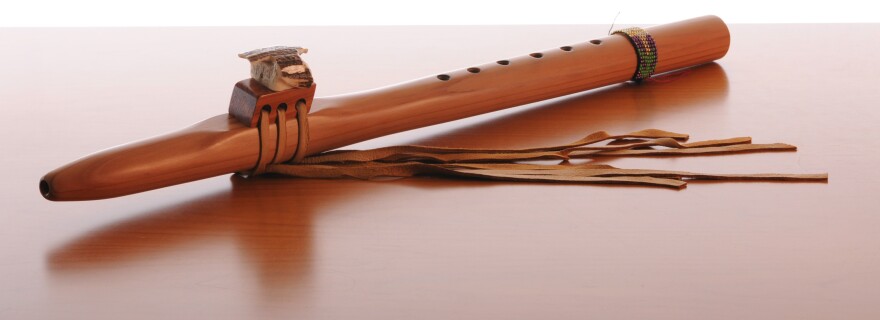Classical music has borrowed from folk melodies for centuries, but when it comes to American heritage, you’re more likely to find music based on blues, jazz, or rural Appalachia than the original sounds of the continent—songs and melodies of Native Americans. Two new albums approach Native American sounds from different angles, and both are worth examination.
Around the two decades on either side of the year 1900, it was fashionable for the arts to record the lives of Native Americans. Some of the earliest films in existence document Native American life. As the frontier dwindled away and Native Americans were shuttled off to reservations, there was a burst of creative activity meant to document the lives of Native Americans. As pianist and scholar Stephanie Bruning observes in her well-written liner notes to her new compact disc, The Indian Character Piece, the 1893 Columbian Exposition in Chicago provided a major opportunity for composers to see and hear Native melodies. Antonin Dvořák attended that exposition, and shortly thereafter published his "New World Symphony," which draws in part on Native American music and African-American spirituals.

The solo piano music on The Indian Character Piece dates from post-1900, and mostly from American composers such as Charles Wakefield Cadman, Amy Beach, and Arthur Farwell, though the Italian composer Feruccio Busoni was also entranced by Indian melodies, writing an “Indian Fantasy” for piano and orchestra, and a set of solo piano pieces included on this disc. Most of the music on the album sounds rather like salon music of the late 19th century, albeit with some emphasis on pentatonic scales. None of it could hardly be called representative of true Native American music, even if concert-goers of the early 1900s may have been led to believe as much.
Flutist James J. Pellerite had already retired from his career as a traditional flutist when he discovered the Native American flute. He fell in love with the instrument, but with its limited range, Pellerite took it upon himself to develop new ways of playing the flute, such as covering the finger holes halfway or using non-traditional breath techniques while playing the instrument. Mystic Voices Soaring features seven recent works for Native American flute and either voice or strings. The album opens with the dense vocal number “Medicine Wheel,” but becomes more accessible with each successive work. “Nature Story,” by John Heins, is an intriguing blend of flue, viola and cello, and later on the album, “Wind Songs,” by Marilyn Bliss, is a haunting evocation of the life-giving Wind of the prairie. Another standout track is “Mystic Cadenzas,” a terrific showcase for Pellerite’s flute technique.
The music on both these albums is a relatively unexamined branch of the classical music tree. Each makes for a beautiful expansion of your listening repertoire.





